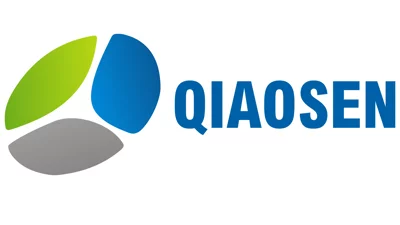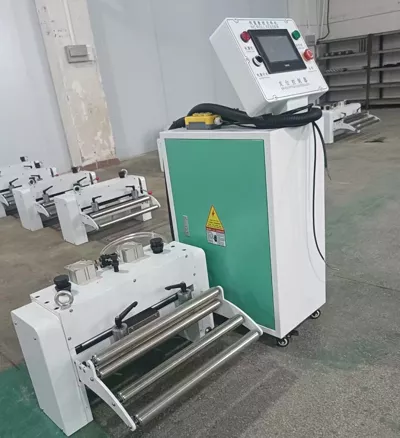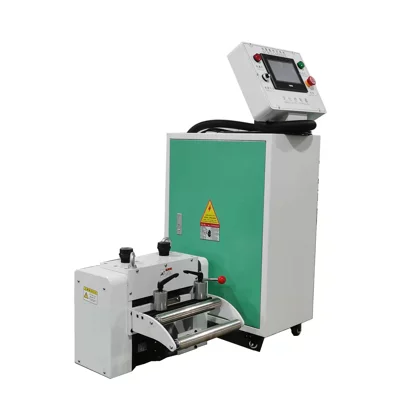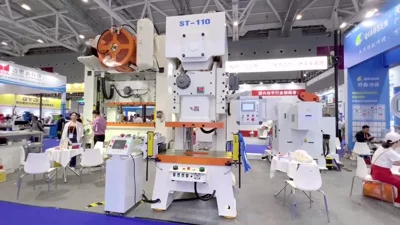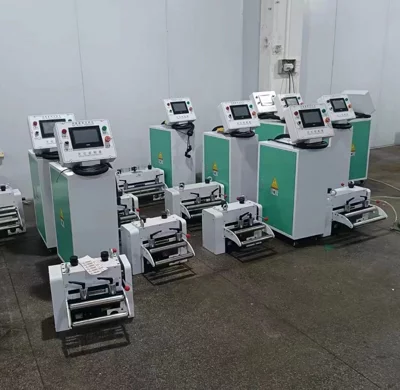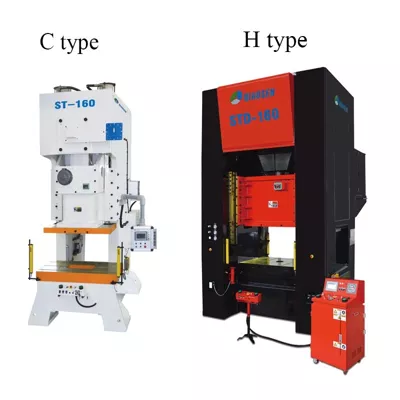Differences between pneumatic metal feeder and mechanical metal feeder
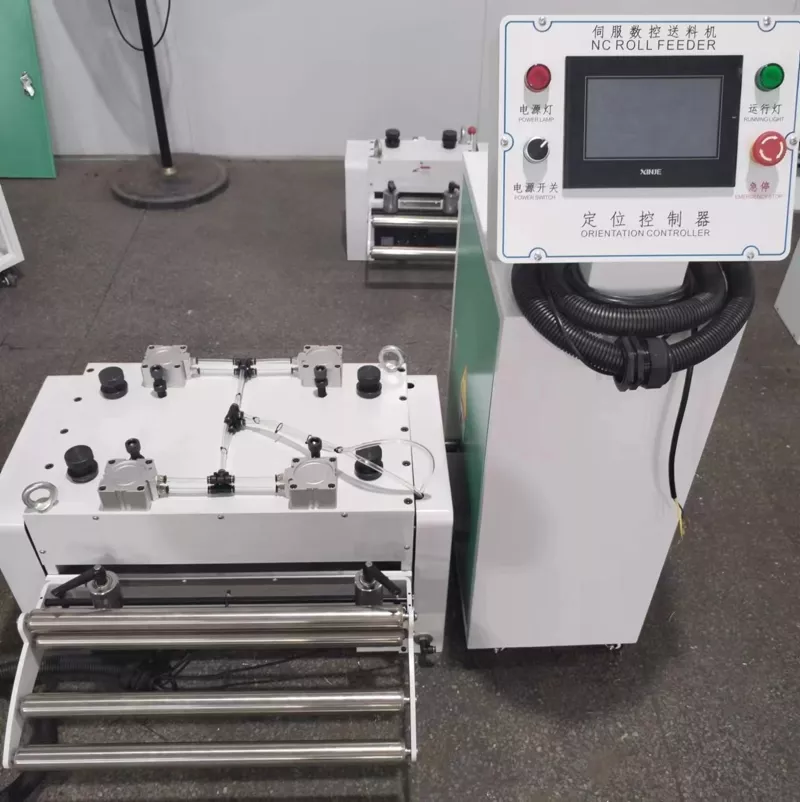
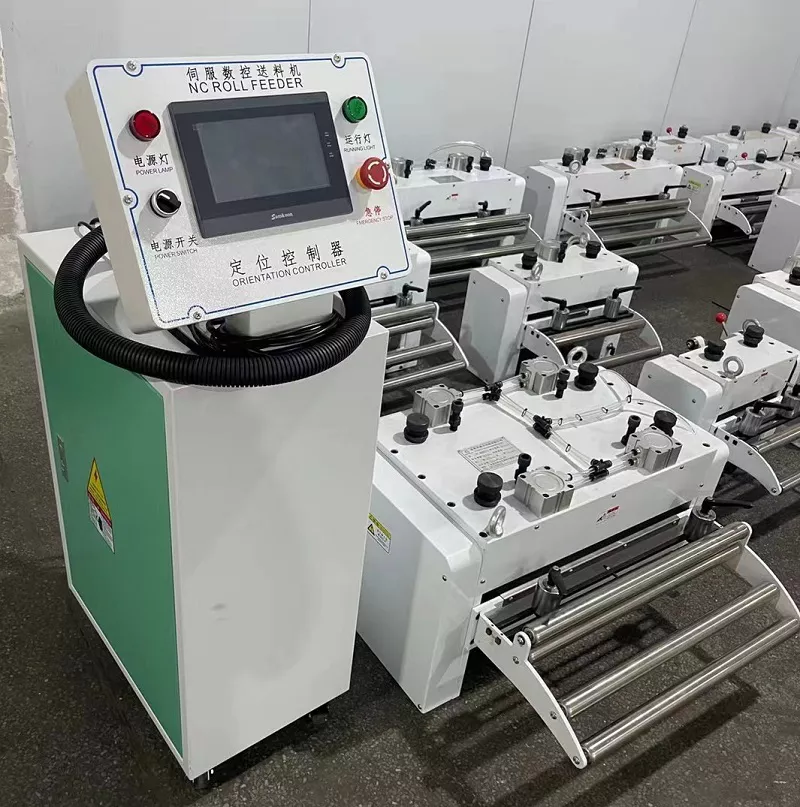
In the field of industrial automation, metal feeding is an essential process for various manufacturing operations. Two commonly used types of metal feeding machines are mechanical metal feeders and pneumatic metal feeders. While both machines serve the same purpose, there are several key differences between them.
Firstly, mechanical metal feeders operate using mechanical power, usually provided by an electric motor. These machines use a series of gears, chains, and belts to transport the metal from one location to another. The mechanical system provides precise control over the speed and direction of the feeding process. On the other hand, pneumatic metal feeders utilize compressed air to move the metal. Air pressure is used to create a force that pushes the metal through the feeding system. This design eliminates the need for complex mechanical components, making the pneumatic metal feeder simpler and easier to maintain.
Secondly, the mechanical metal feeder is capable of handling heavier loads compared to its pneumatic counterpart. Mechanical feeders are commonly used in heavy-duty applications where large volumes of metal need to be transported. The sturdy construction of the machine enables it to withstand the weight and force exerted by the metal. Pneumatic metal feeders, on the other hand, are more suitable for light to moderate loads. The reliance on air pressure limits the capacity of the machine, making it less suitable for heavy-duty operations.
Another significant difference between the two types of metal feeders is the level of precision they offer. Mechanical metal feeders provide a high level of accuracy in terms of feeding rate and position control. The gear and belt mechanisms allow for fine adjustments to be made, ensuring consistent feeding of the metal. In contrast, pneumatic metal feeders offer less precision due to the inherent nature of air pressure. The force exerted by the compressed air may fluctuate, leading to variations in the feeding rate and position.
Furthermore, the operational cost of mechanical and pneumatic metal feeders differs. Mechanical metal feeders typically require higher energy consumption due to the use of electric motors. They also require regular maintenance of the mechanical components, including lubrication and replacement of worn-out parts. Pneumatic metal feeders, on the other hand, have lower energy consumption as they rely on compressed air. They also have fewer mechanical components, resulting in lower maintenance requirements.
In conclusion, both mechanical and pneumatic metal feeders have their own advantages and disadvantages. Mechanical feeders offer greater load capacity, higher precision, and wider application range, while pneumatic feeders provide simplicity, lower energy consumption, and lower maintenance requirements. Manufacturers should carefully consider their specific requirements and the factors discussed above when choosing between these two types of metal feeding machines.
8years foriegn trade experience Easily grasp customer needs Keeping good relationship with customers

